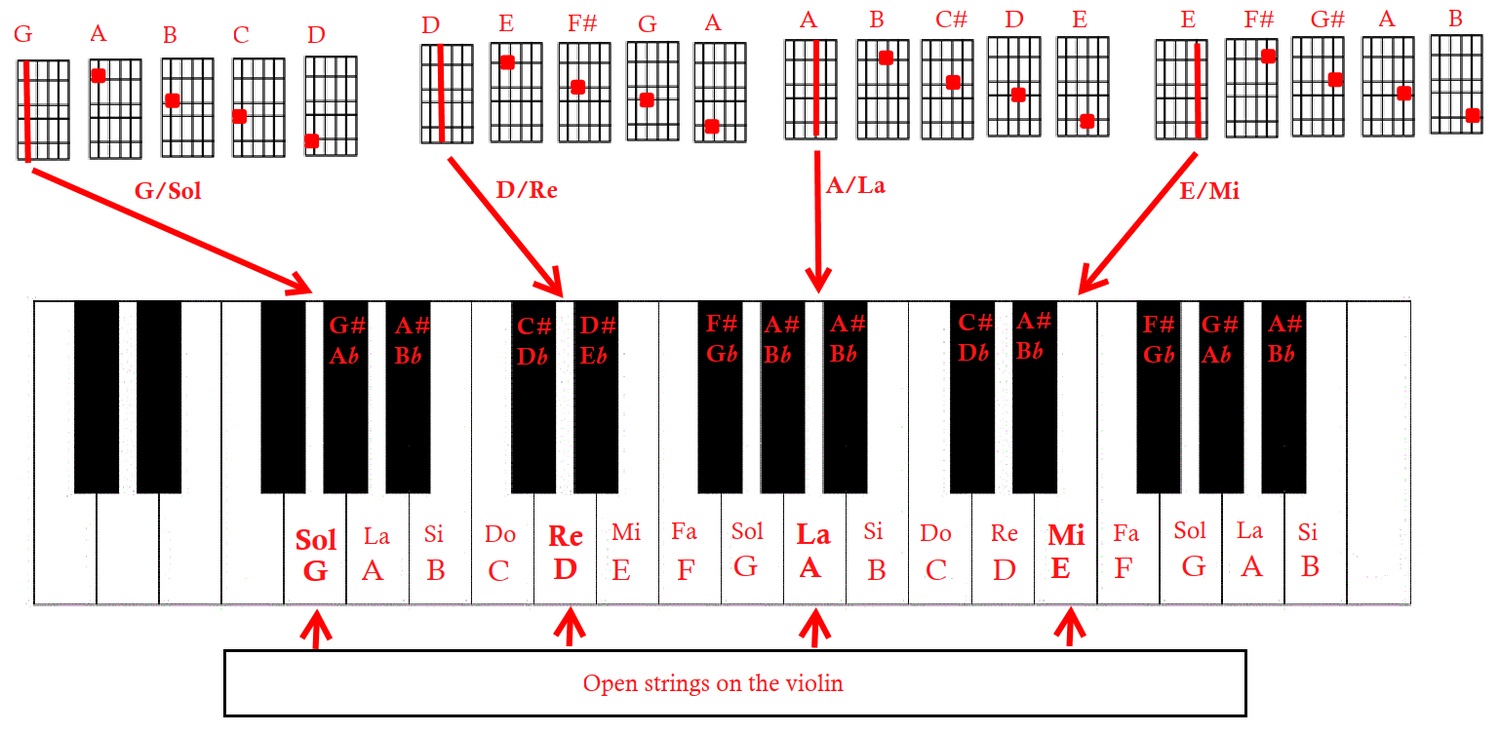(Interesting… it’s been a good 2 years since a post has been written here…? Cool. )
It takes something big to compel me to put my thoughts down on… ‘paper’. A professional experience today has both made my blood boil and my heart sing. And that’s just the summary of it. Wait til’ you read the whole story. Would love to know what you think.
I’ve had the great pleasure and special honour to be called upon to help in the preparation of a boy, 10 years old and a wonderful violinist, for his school competition today. But the preparation began this past weekend, when I was invited to listen to his final lesson in school with the amazing Prof. Kayaleh, my teacher. I picked up on the technical and musical concentrations they were most interested in working on, and internalised them as I worked through the piece in my head, not knowing that, the Monday and Tuesday after, I’d be called upon to check on these details in the holding room of the school where the competition took place. This was at the German School of Geneva, or the Deutsche Schule Genf. We fine-tuned everything practically to perfection, with the full participation of the boy, until I had to stop him to rest before playing.
And then came the pianist.
He was of such calibre that no child should be punished by playing with him. Let alone for a performance. Let alone to be paid 100chf for time with him to ‘rehearse’, but where someone needed to beat time for him, not to explain a sophisticated concept, but to show him how much he was changing the tempo halfway down the page. After much coaxing, and hopeful insistence, we parted ways yesterday with the impression that we might have done some damage control.
The next day - this morning:
We arrive especially early for our young violinist to warm up. I lead a few deep-breathing and stretching exercises to wake the shoulders up, and we proceed to start with some long scales. Intonation is wonderful, everything is in control. We start warming up the programme, going back to fine-tuning some finishes to each of the works, until the boy begins to relax, even smile with his sound. Beautiful, I think to myself, we are in control of the music, come what may.
We go downstairs to see what’s happening, if we should be ready, and we see the pianist. We greet him, and ask him if he would come and prepare some notes with us. Very well, he comes, but only to talk. Even the tapping of his foot is out of time. I ask him if he would perhaps sit at the piano, and he waves it off with one hand. No need. Very well. We go down again, this time to play, and the lady in charge of organising this musical get-together makes a big show of talking about their campuses all over the world. Wonderful. We discover that our pianist is in the jury- good for him. One girl plays, with him at the piano, then another, then it’s our turn. I approach to tune the little violin while ignoring someone’s audible scoff, or gasp, or whatever that was. I hand the violin to our violinist, and the performance we’d worked so much on begins. The boy starts at an easy tempo, all good. The pianist is more or less catching the notes. Great. Then comes the Vivaldi, and we know that the Italians of this musical period were extremely elevated in their writing - nothing is left to banality, and everything is curated with the utmost complexity - not a sight-reading piece. The pianist, hands shaking more and more, falters, and tries to catch himself, then falters again. And again. At a certain point, he stops playing. He waves a self-dignified hand in the air to the young musician, and says, let’s start again. Fine. It can happen. The second time around, he slows and slows the piece down (despite the fact that, after yesterday’s very trying rehearsal, we’d decided to choose a more realistic tempo for the pianist), and the violinist finds himself adapting to his arrhythmic efforts. It was painful to watch, let alone listen to. The boy, undisturbed, forges on. The notes are right, the bow is under control, the final notes are prepared for the dramatic finish, but the music has left by now. Strangled, by incompetence. The jury, in private, later points out the lack of nuance in the performance. I suggest that it was unreasonable to have asked for better, given the pianist we had had.
Exhausted, I would have stayed, happily, for a post-event chat with the organisers, but to be completely frank, I could not bear staying in that building more than necessary. Luckily, the young violinist and his mother were both ready to go home as well, so we left.
What to understand of this?
I have my opinions, of course, about the value of sincere work, properly developed….
and just as I was finishing these lines, at 15h45, I receive a call from the mother of the violinist:
1) this pianist-jurer told him to tell his professor that he needs to play on time. If I were there to hear this insult, I might have allowed myself to let on that he perhaps should stop playing the piano in public.
2) the kid has won the first prize. Not to say that we should think we are invincible, but to think that this experience is challenging him in every way, and that he has been rewarded by his hard work, he deserves the prize. He is going to Copenhagen next month to play in the German School’s ‘International’ leg of the competition, and they want me to come with.
A happy ending to the story after all, with a villain still roaming somewhere out there. I guess that’s how life is. What’s important is that we know what we’re dealing with, and we focus our energy on only what’s worth our limited time on this earth.
Not to be dramatic, but, I cried on the phone.
What an adventure.












































